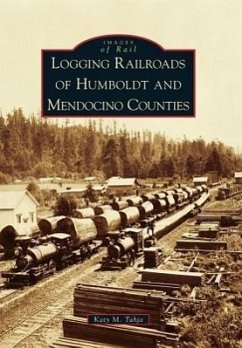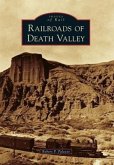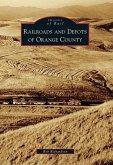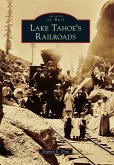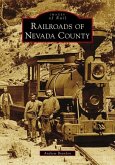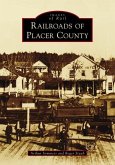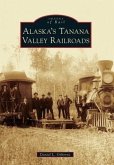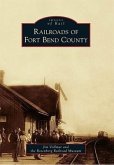Locomotive steam whistles echo no more in the forests of the north California coast. A century ago, Humboldt and Mendocino Counties had more than 40 railroads bringing logs out of the forest to mills at the water's edge. Only one single railroad ever connected to the outside world, and it too is gone. One railroad survives as the Skunk Train in Mendocino County, and it carries tourists today instead of lumber. Redwood and tan oak bark were the two products moved by rail, and very little else was hauled other than lumberjacks and an occasional picnic excursion for loggers' families. Economic depressions and the advent of trucking saw railroads vanish like a puff of steam from the landscape.

